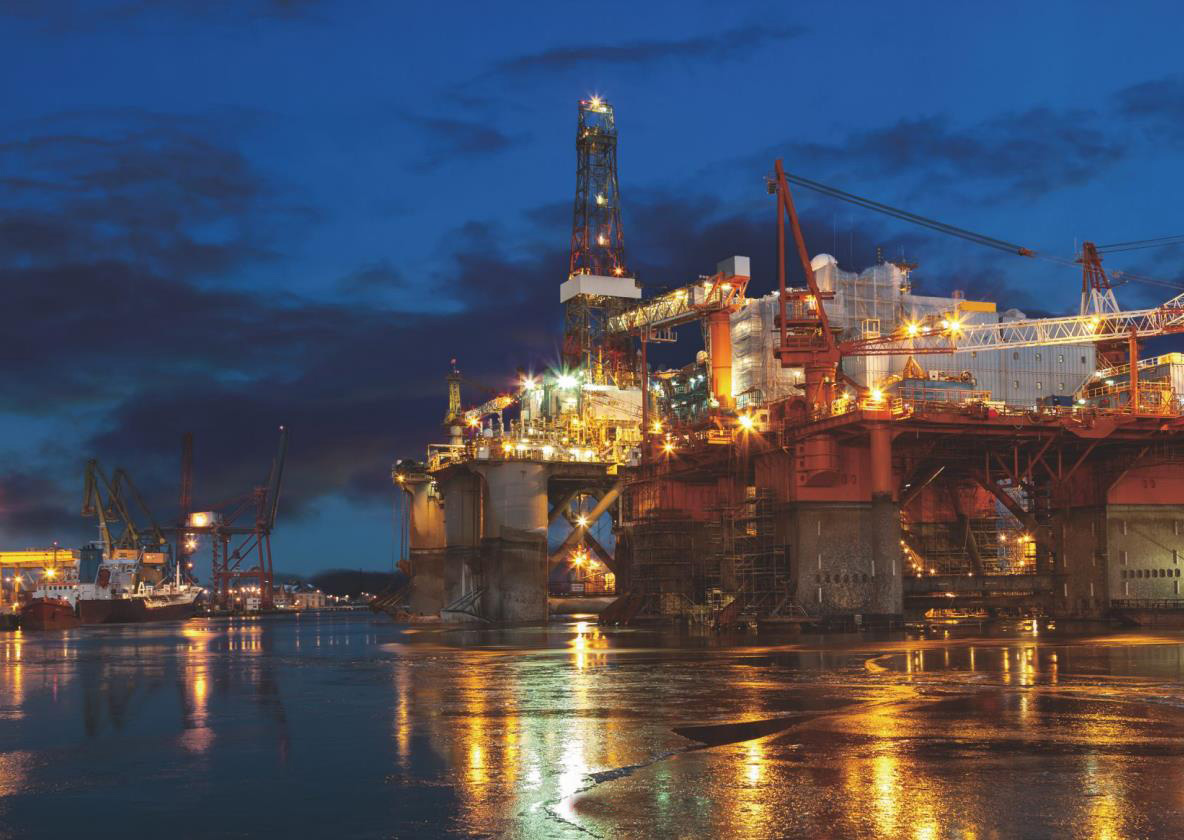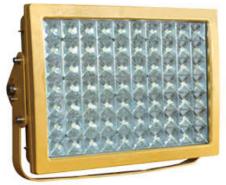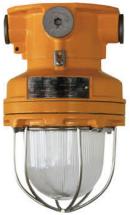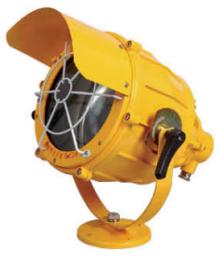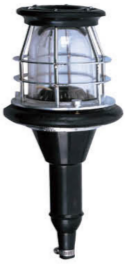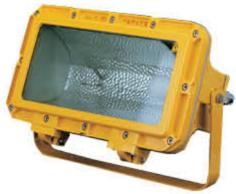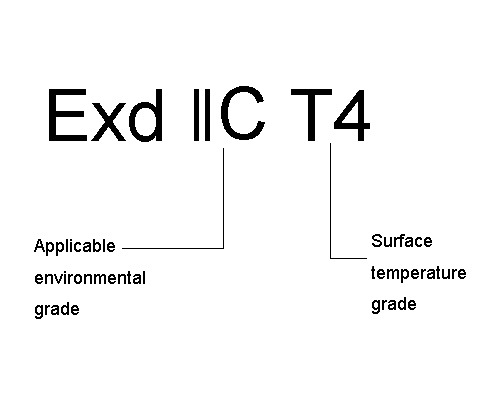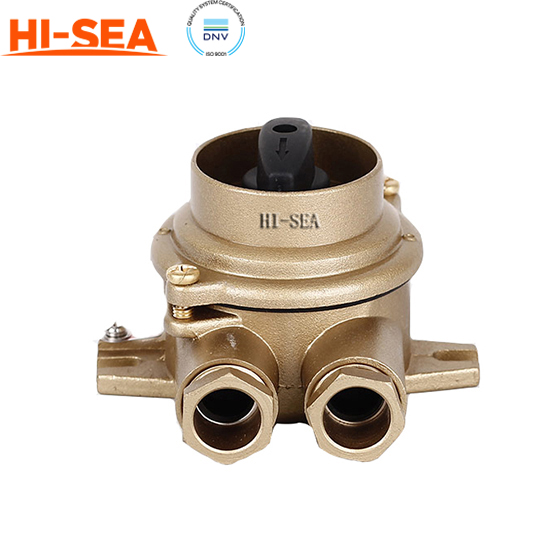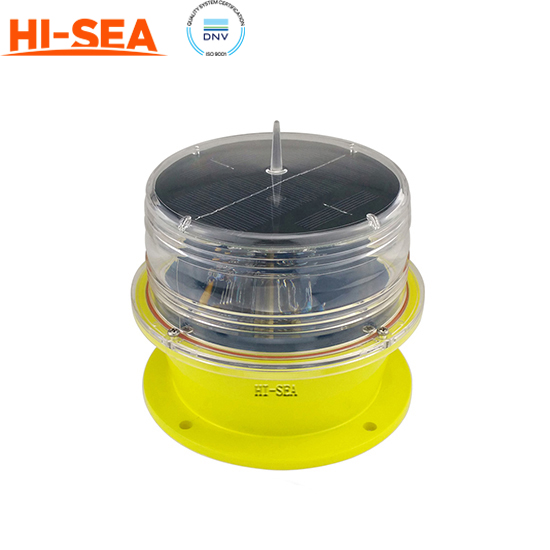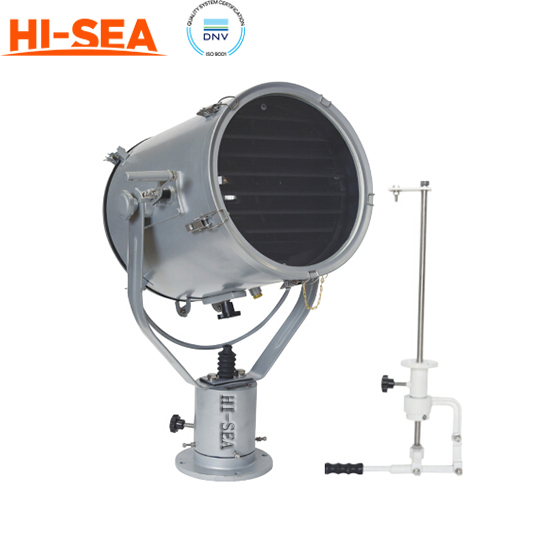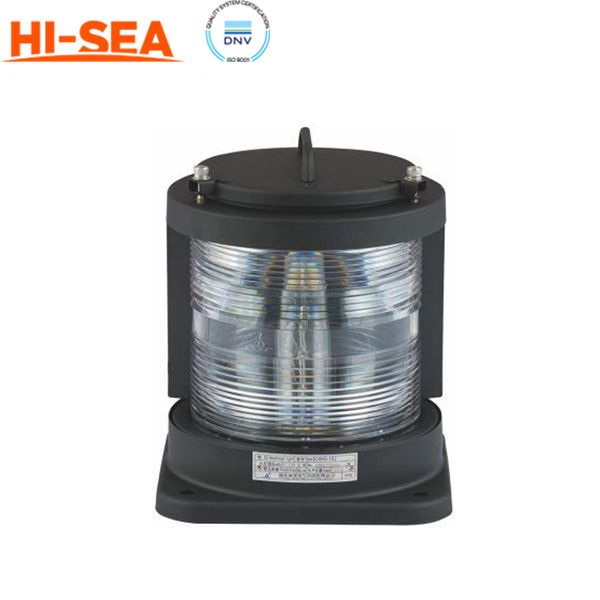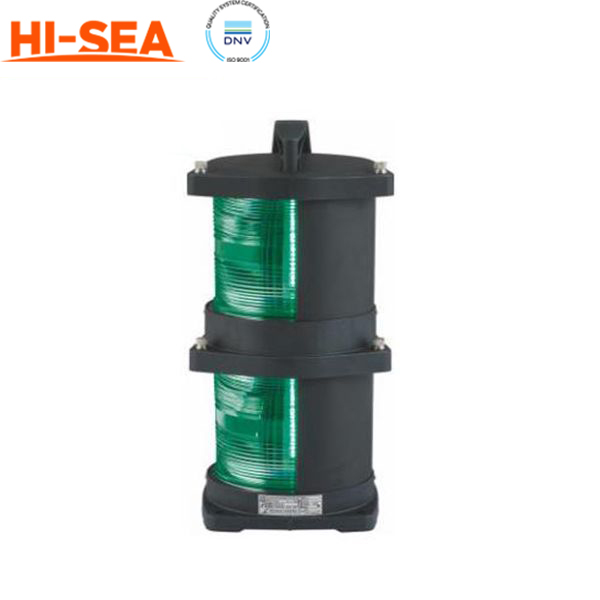MARINE & OFFSHORE EQUIPMENT
- Dredging Equipment
- Marine Deck Machinery
-
Marine Mooring Equipment
-
Marine Anchor
- AC-14 HHP Anchor
- Admiralty Anchor
- Beldt Stockless Anchor
- Bruce Anchor
- Spek Anchor
- Danforth HHP Anchor
- Delta High Holding Power Anchor
- GB11579-89 Light Weight Anchor
- Hall Anchor
- High Holding Power Mastrosov Anchor
- Hot Dip Galvanized Anchor
- Japan Stock Anchor
- JIS Stockless Anchor
- Pool Anchor
- Single Fluke Anchor
- Stainless Steel Anchor
- Stevpris MK5 Anchor
- Stingray Anchor
- US Navy Stockless Anchor
-
Marine Anchor Chain
-
Marine Shackle
- Kenter Shackle
- D Type Joining Shackle
- Pear Shaped Shackle
- Anchor Swivel Shackle Type A
- Anchor Swivel Shackle Type B
- Buoy Shackle Type A
- Buoy Shackle Type B
- C Type Detachable Connecting Link
- D Shackle
- Forelock Shackle
- Anchor Chain Swivel Group
- Straight Shackle
- Anchor Shackle
- Marine Triangle Plate
- Anchor Chain Swivel
- Anchor Chain Joining Shackle
- Anchor Chain End Shackle
- Slim Kenter Shackle
-
Chain Chaser
-
Marine Bollard
-
Marine Chock
-
Marine Fairlead
-
Marine Chain Stopper
-
Marine Mooring Reel
-
Marine Towing Bracket
-
Mooring Rope
-
Marine Towing Hook
-
Marine Shark Jaw
- Marine Fender
-
Marine Buoy
- Marine Floating Pontoon Dock
-
Marine Anchor
- Aquaculture Equipment
- Marine Outfitting Equipment
- Marine Propulsion System
-
Marine Painting
-
Marine Auxiliary Machinery
- Marine Air Compressor
- Marine Air Receiver
- Marine Sewage Treatment Plant
-
Marine Diesel Generator Set
- Marine Oil Water Separator
- Ballast Water Management System
- Marine Hydrophore
- Marine Calorifier
- Seawater Desalination Plant
-
Marine Oil Separator
- Marine Fuel Oil Supply Unit
- Marine Heat Exchanger
-
Marine Hot Well Unit
-
Marine Incinerator
-
Marine Boiler
-
Marine Valve
- JIS Marine Valve
- DIN Marine Valve
- ANSI Marine Valve
- GB Marine Valve
- CB Marine Valve
- CBM Marine Valve
-
Marine Gate Valve
-
Marine Globe Valve
-
Marine Angle Globe Valve
-
Marine SDNR Valve
-
Marine Angle SDNR Valve
-
Marine Check Valve
-
Marine Storm Valve
-
Marine Butterfly Valve
-
Marine Quick Closing Valve
-
Marine Fire Valve
-
Marine Self Closing Valve
- Marine Valve Accessories
-
Marine Pump
- Marine Centrifugal Pump
- Marine Screw Pump
-
Marine Gear Pump
-
Marine Vortex Pump
-
Marine Ejector Pump
-
Marine Diaphragm Pump
-
Marine Piston Pump
-
Marine Fire Pump
-
Marine Emergency Fire Pump
-
Marine External Fire Pump
-
Marine Ballast Water Pump
-
Marine Fuel Pump
-
Marine Lubricating Oil Pump
-
Marine Bilge Pump
-
Marine Sewage Pump
-
Marine Domestic Water Pump
-
Marine General Pump
-
Marine Cargo Oil Pump
-
Marine Hand Pump
- Marine Pump Parts
- Marine Life-saving Equipment
- Fire-fighting Equipment
- Marine Cable
- Marine Electrical Equipment
- Marine HVAC
-
Labour Protection Appliance
- Marine Decorative Material
-
Marine Anode
- Marine Pipe Fitting & Flange
- Marine Instrument
- Ship Building Equipment
INDUSTRY EQUIPMENT
- Hoisting Equipment
- Welding Machine & Material
-
Cutting Machine
- Container Securing Fitting
- Link Chain
- Container & Storage Equipment
-
Diesel Generator Set
- Other Equipment and Tools
- Petrochemical Equipment
- Fiber Reinforced Plastics
- Polymer Materials
- Environmental Protection Series
- Geo-products and Building Materials
- Metal Mesh
- Steel Grating
-
Earthwork Teeth
-
Turnbuckle
STOCK LIST
Contacts
 Tel:+86-23-67956606
Tel:+86-23-67956606
 FAX:+86-23-67956622
FAX:+86-23-67956622
 Email:manager@cqhisea.com
Email:manager@cqhisea.com
Working Time: 9:00--17:00
Working Day: Monday to Friday Website: www.cqhisea.com

Marine Explosion-proof Lights
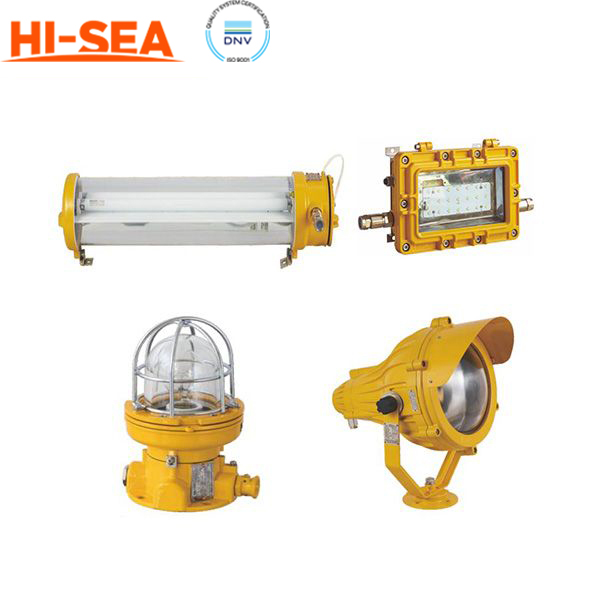
Marine Explosion-proof Lights
Description:
Marine explosion-proof lights are typically used in hazardous environments on boats or ships where there is a risk of explosive gas or vapors. These lights are designed to prevent sparks or heat from the light fixture from igniting any flammable substances in the surrounding environment. They are commonly used in oil rigs, chemical tankers, and other marine vessels where there is a risk of explosion.
Features:
Explosion-proof housing: These lights are housed in a specially designed enclosure that is able to withstand an explosion without igniting any flammable substances that may be present in the surrounding environment.
Corrosion resistance: Marine explosion-proof lights are constructed using materials that are highly resistant to corrosion, such as marine-grade stainless steel or aluminum.
Sealed design: These lights are designed to be completely sealed to prevent any hazardous materials from entering the housing and potentially causing an explosion.
Shock resistance: Marine explosion-proof lights are built to withstand the rigors of a marine environment, including high winds, waves, and impacts from objects.
High efficiency: These lights are designed to provide high levels of illumination while using minimal energy, making them more environmentally friendly and cost-effective.
Easy maintenance: Marine explosion-proof lights are designed for easy maintenance, with features such as quick-release mounting brackets and tool-less access to the internal components.
Overall, marine explosion-proof lights are built to be reliable, safe, and efficient in hazardous marine environments, helping to protect workers and equipment from potentially dangerous situations.
Application:
Marine explosion-proof lights are designed for use in hazardous environments where flammable gases, vapors, or dusts are present. These environments can include oil rigs, chemical plants, refineries, and other industrial settings where there is a risk of explosion or fire. In marine applications, explosion-proof lights may be used in areas such as engine rooms, cargo holds, and other areas where there may be a risk of combustible materials coming into contact with electrical equipment.
Explosion-proof Certification:
CCS, approved by European Union ATEX Explosion Proof Certification and European Union IECEX International Anti-riot Certification.
Standard & authentication:
Product showcase:
|
|
|
|
|
|
|
|
Explosion-proof knowledge:
|
Explosion-proof equipment knowledge |
||||||||||
|
Temperature grade |
T1 |
T2 |
T3 |
T4 |
T5 |
T6 |
||||
|
450℃ |
300℃ |
200℃ |
135℃ |
100℃ |
85℃ |
|||||
|
|
||||||||||
|
Work environment type |
Ⅰ |
Ⅱ |
Ⅲ |
|
||||||
|
|
ⅡA |
ⅡB |
ⅡC |
ⅢA |
ⅢB |
ⅢC |
||||
|
Work environment |
Underground coal mine |
All other explosive atmospheres (except Underground coal mine) |
Flammable fly |
Non-conductive dust |
Conductive dust |
|||||
Comparison of explosion-proof types:
|
Flame-proof luminaire (d) |
Place the parts of the equipment that can produce spark arc in the flameproof enclosure during normal operation. The flameproof shell can withstand the internal explosion pressure without damage, and can ensure that the internal flame gas propagates through the gap to reduce the energy, not enough to detonate the gas outside the lamp body. |
|
Increased safety luminaire (e) |
During normal operation, it does not generate electric arcs, sparks and dangerous high temperatures. Further protective measures should be taken to improve the safety and reliability of the equipment. |
|
Positive pressure type (p) |
Ensure that the pressure of the inside gas is higher than the surrounding gas to prevent explosive mixtures from entering the enclosure. Or to ensure a sufficient amount of protective gas by reducing the concentration of the explosive mixture inside to avoid explosion. |
Picture of explosion-proof lights:
